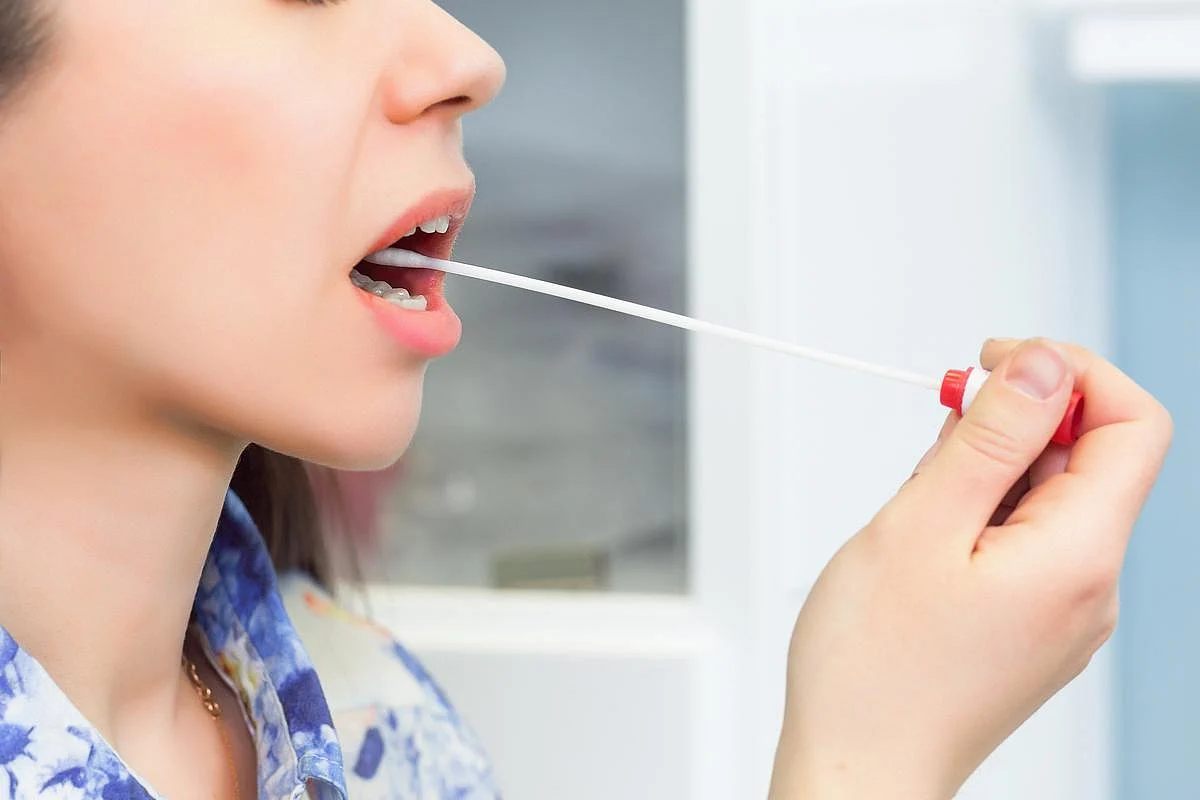Saliva Insulin Can Differentiate Hyperinsulinemia in Normoglycemic People
By Elana Gotkine HealthDay Reporter
MONDAY, Aug. 18, 2025 -- Saliva insulin can differentiate between normal and hyperinsulinemic responses among normoglycemic adults with different body mass index (BMI) classes, according to a study published online May 16 in Applied Physiology, Nutrition, and Metabolism.
Hossein Rafiei, Ph.D., R.D., from St. Louis University, and Jonathan Peter Little, Ph.D., from the University of British Columbia in Vancouver, Canada, characterized saliva insulin responses to a standardized meal tolerance test. Ninety-four healthy normoglycemic adults were recruited and categorized into normal weight (NW; 41 participants), overweight (OW; 23 participants), and obese (OB; 30 participants). Participants consumed a standardized liquid meal after fasting for four or more hours. At fasting, 60 minutes, and 90 minutes post meal, saliva samples and finger prick blood glucose were collected.
The researchers found that at all time points, saliva insulin levels were significantly higher in the OB versus the OW and NW groups. Higher insulin levels were also seen in the OW versus the NW group. Among the groups, there were no significant differences in fasting and post-meal glucose levels. There were strong positive correlations between obesity markers and saliva insulin levels. Preliminary cut-off values for fasting, 60 minutes, and 90 minutes post-meal saliva insulin may differentiate between normal and hyperinsulinemic responses (about 16, 97, and 115 pmol/L, respectively).
"People living with obesity had much higher insulin levels in their saliva than those who were slightly overweight or had lower body weight -- even though their blood sugar levels were the same," Little said in a statement. "This suggests that saliva testing could be a simple, noninvasive way to identify people at risk of type 2 diabetes before symptoms appear."
One author disclosed ties to relevant organizations.
Abstract/Full Text (subscription or payment may be required)
Disclaimer: Statistical data in medical articles provide general trends and do not pertain to individuals. Individual factors can vary greatly. Always seek personalized medical advice for individual healthcare decisions.
© 2025 HealthDay. All rights reserved.
Posted August 2025
Read this next
Meal Timing May Shift With Aging, Is Linked to Health Changes
FRIDAY, Sept. 5, 2025 -- Meal timing changes with age and may reflect health changes in older adults, according to a study published online Sept. 4 in Communications...
Adults With Learning Disabilities, New Diabetes Have Shorter Time to Insulin Initiation
THURSDAY, Sept. 4, 2025 -- Adults with learning disabilities and newly diagnosed type 2 diabetes (T2D) have better short-term glycemic control, but also faster progression to...
People With Obesity Value Respect and Being Listened to in Primary Care
THURSDAY, Sept. 4, 2025 -- Adults with obesity prefer a primary care visit characterized by respectful treatment and listening, according to a study published online in the...
More news resources
- FDA Medwatch Drug Alerts
- Daily MedNews
- News for Health Professionals
- New Drug Approvals
- New Drug Applications
- Drug Shortages
- Clinical Trial Results
- Generic Drug Approvals
Subscribe to our newsletter
Whatever your topic of interest, subscribe to our newsletters to get the best of Drugs.com in your inbox.

